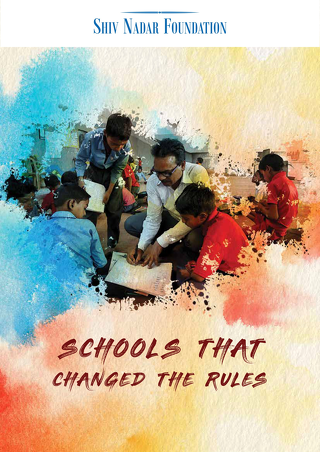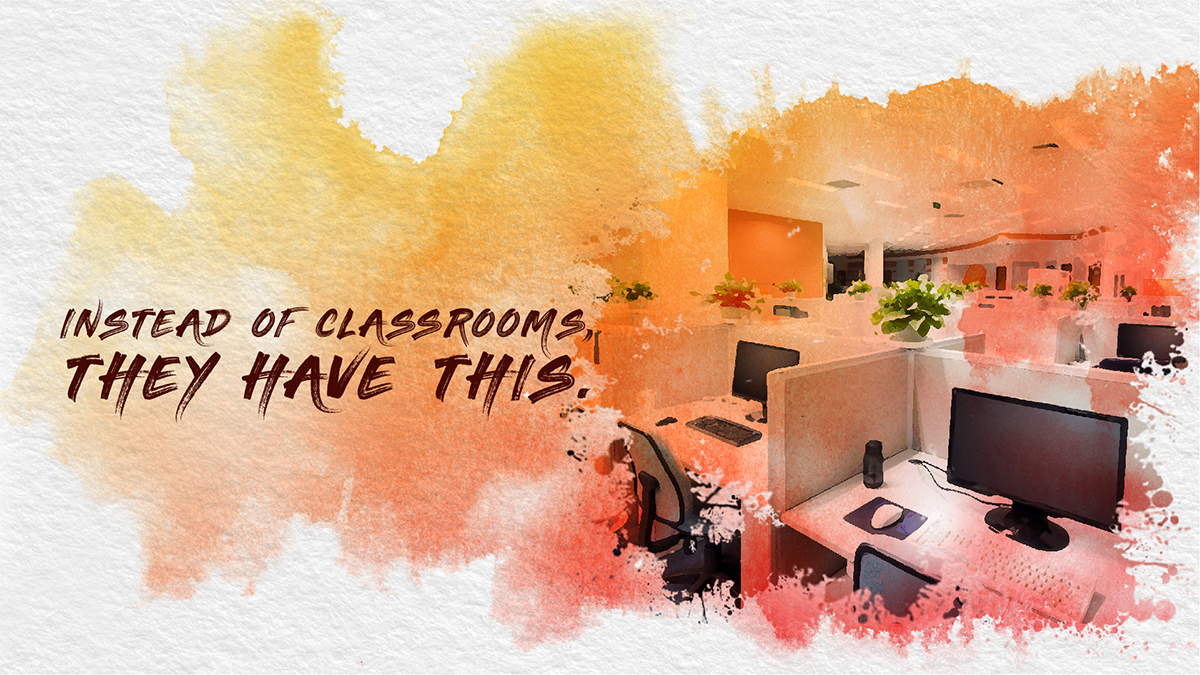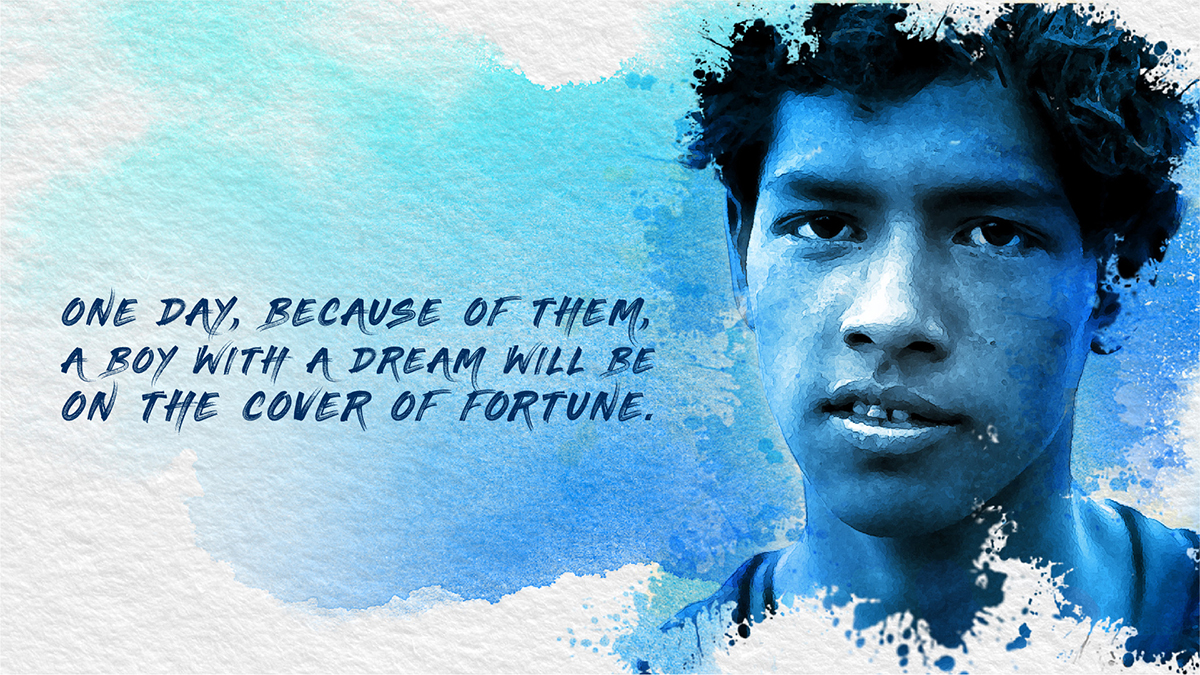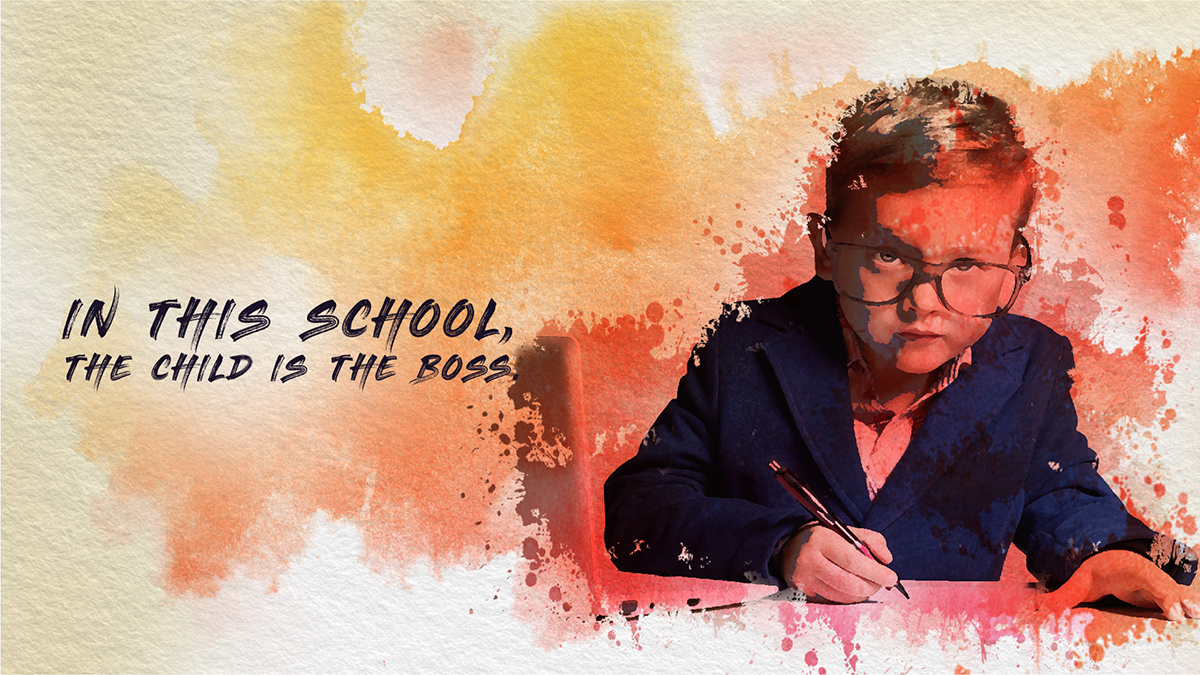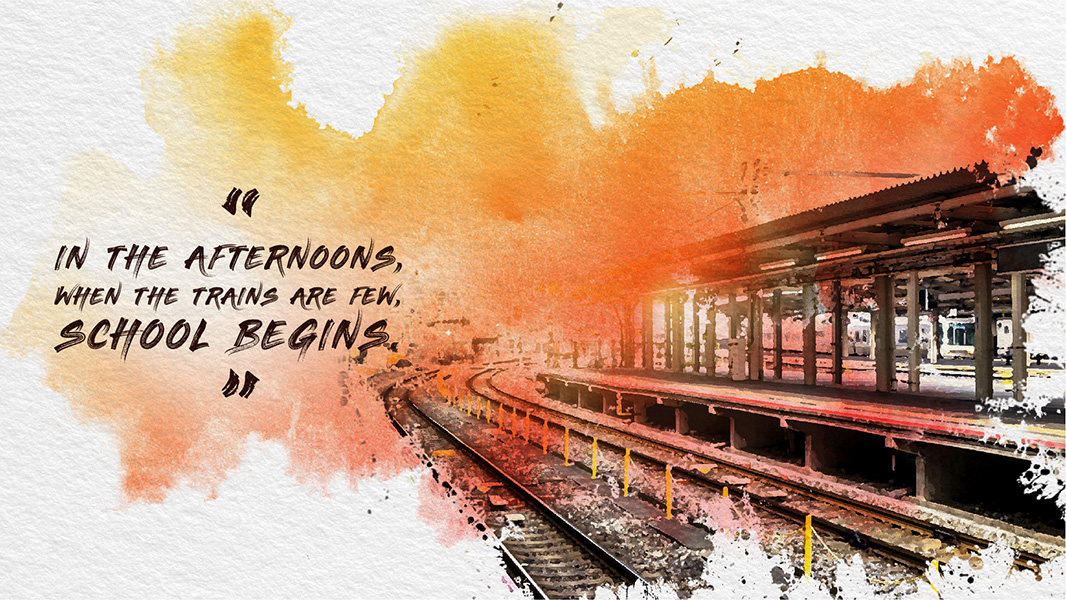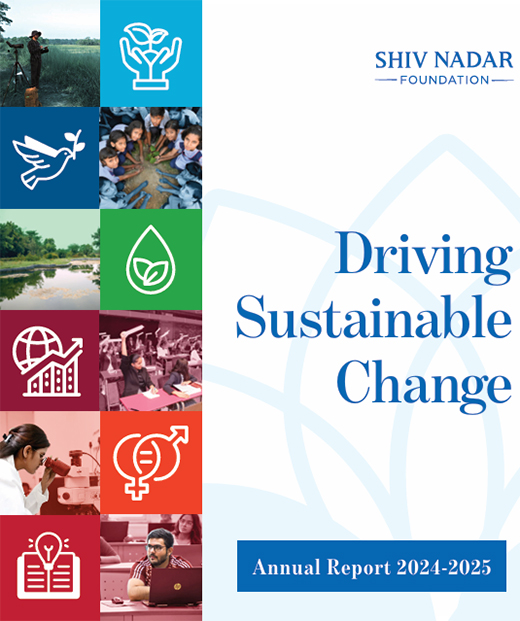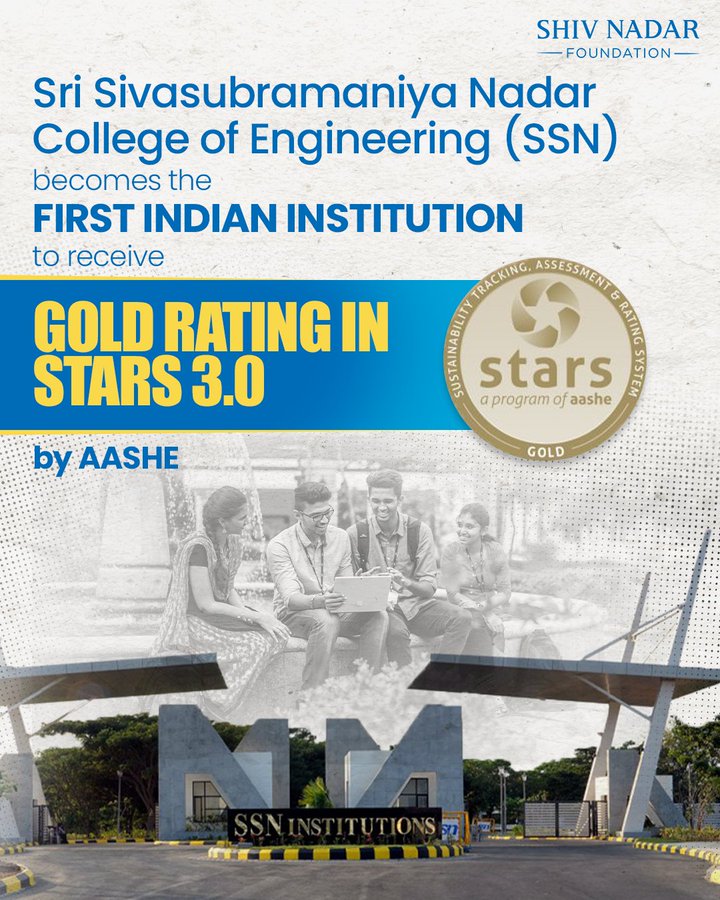For this character who inspired ‘3 Idiots’, no one is an idiot
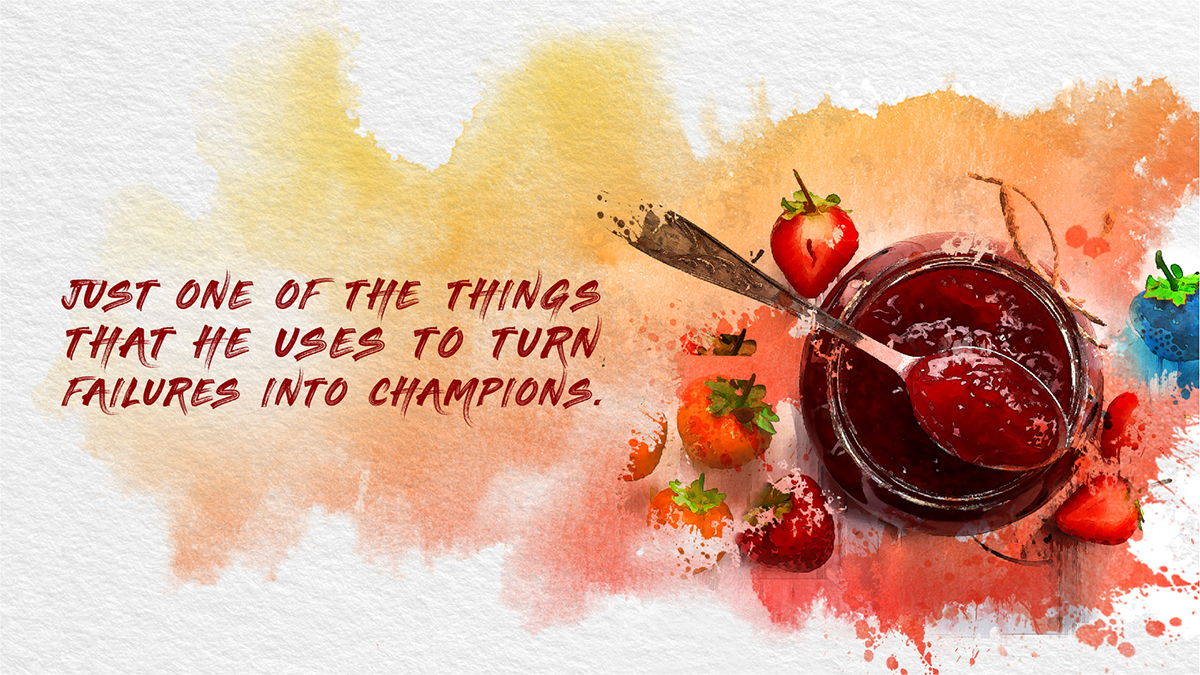
“If you fail, we take you. If you pass, we may consider you.”
Sonam Wangchuk first came into the national spotlight in 2009, when his story inspired the character Phunsukh Wangdu in the film 3 Idiots. Though this was never acknowledged, the similarities are hard to miss. But his real story is far more interesting than any film could be. He is the man who set up a school for failures. Among many other things, these failures are now transforming the ecology of the Himalayas.
He was born and brought up in a tiny village of just five households, about 70 kilometres from Leh. “There weren’t any schools in my village,” he has said, “so I learnt to read and write from my mother. I played in the fields, sowing seeds, working with animals, jumping in the river, climbing trees.” After higher schooling in Srinagar and Delhi, he studied Mechanical Engineering at REC Srinagar. He paid for his Mechanical Engineering degree by teaching young children. He was astonished to discover that many of these children, despite being bright, were repeatedly failing their exams. In his native Ladakh, at this time, the pass rate for the Class X Board exams was 5%. Yet so many of the children he met seemed so bright to him. It was not the children who were failing, he realised. It was the system. He decided that Ladakh did not need another Mechanical Engineer. It needed an educationist.
He formed SECMOL with some like-minded friends, and in 1994, Operation New Hope was formed, an agreement between them, the government, and the local community. . They re-wrote textbooks, re-trained teachers and organized villagers. Over the last decade, SECMOL has trained 3,567 village teachers, VEC members, panchayat leaders, village headmen and women leaders. During that time, the pass percentages went up from 5% in 1994 to 55% seven years later, and soon after, 75%.
But what about the 25% who were still failing? For them, he helped found the SECMOL Alternative School, in Phey, around 12 kilometres from Leh. Only students who had failed their board exams were allowed. The school stands alone in the desert, with no connection to electricity. The school is built from clay on earth, and is run using simple technology. The students learn by doing. The school is run by the students, with elections every two months, so that everyone gets the experience of running something. They learn about bacteria while making Apricot jam, and they learn about economics by selling it. They use the money earned by the school to explore other parts of India, and in this way they learn geography. They learn about the world through the things that they do.
Students play an active role in the maintenance of the school, in a harsh environment, where temperatures often drop to -40 degrees. The students themselves have innovated many solutions to the challenges of the environment. The most famous is the ice stupa, which uses a simple pipe to create cones of ice up to 100 feet high. The ice melts in summer, providing a steady water supply in the lean months. A delegation from school has been to Switzerland, at the invitation of the government, to teach them this technique.
In the words of Sonam himself, this school raises a simple question. If this what the losers can achieve, imagine what the winners could do!



